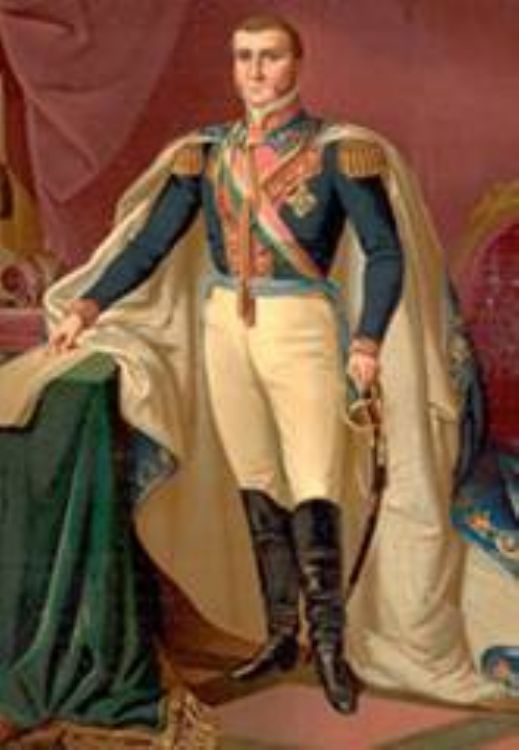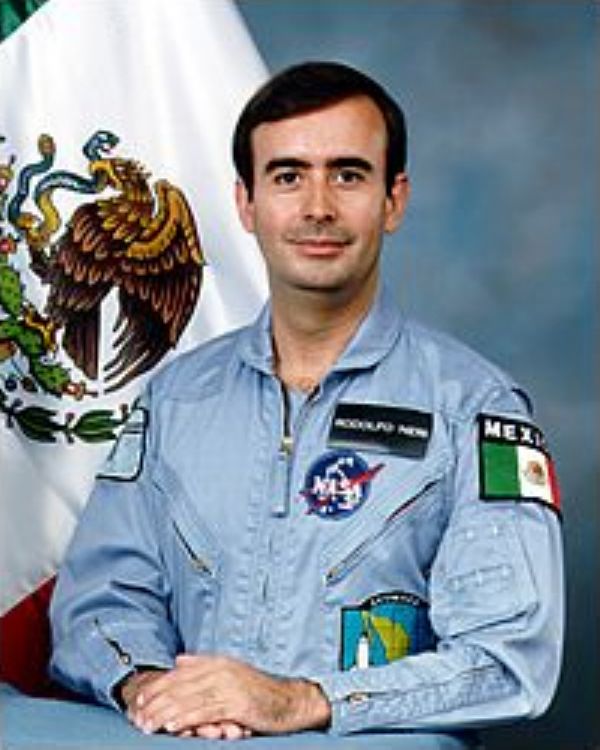The Bellas Artes Palace

The Bellas Artes Palace is a monumental building, synthesis of Mexican culture during the first third of the 20th century that emerged with the Porfiriato and culminated with the Revolutionâs triumph. Adamo Boari was the Italian architect that the government of President Porfirio Díaz hired to plan and construct the new National Theater, in the category of the Paris opera, because the city needed one.
The project began to develop in 1904. Its foundations were the first blunder of the construction, a great concrete platform that didnât withstand the weight of the building, and sank as a consequence, which modified the initially calculated proportions.
The construction system was steel and concrete covered by Carara marble. The style adopted by Boarí was the undulating forms prevailing in France at that time, art nouveau. Its façade forms an extraordinary white set of column porticos, the main one crowned by great tympanum-loggias and windows, boards and cornices topped by a triple dome.
The architect surrounded himself with foreign artists for executing his program; the sum of these collaborations gave it a new sui generis sense of style. Leonardo Bistolfi created the central motif of the main façade. The sculptures and relieves of La Armonía (The Harmony) and the two groups flanking it. La Música (The Music) on the left, La Inspiración (The Inspiration), on the right. Agustín Querol, Catalonian, made the Pegasus that standing on pedestals currently decorate the plaza before the building, but originally topped the cube that covers the stage.
Gianetti Fiorenzo designed the figure heads and vernacular motifs of the ornaments. The Hungarian Géza Marotti projected the bronze sculpture group on top of the dome and in the theater, the stained glass covering Apolo y las Musas (Apollo and the Muses), the mosaic on the arch of the proscenium, theater art through the ages and the magnificent crystal curtain with the image of volcanoes, created by the Tiffany house of New York with a million pieces of opalescent crystal. Alessandro Mazzucotli made the iron bars and Luis Romero, Mexican, the windows and stageâs side doors.
The space is composed by a vestibule, the great hall, the buildingâs distribution center of monumental proportions is topped by a triple concrete dome covered with painted ceramic and arch ribs coated with copper sheets; the theater with 2035 seats has tribunes, stalls and boxes, with the presidential in the center, the Museo de Artes Plásticas (Museum of Visual Arts) occupies nine rooms and galleries uniting the spaces open to the great hall: Sala Diego Rivera and Sala Nacional with bronze lamps, polished crystals, and precious woods on pillars and parquet; the Sala Manuel M. Ponce for conferences and chamber concerts; the Museo Nacional de Arquitectura (National Architecture Museum) was installed in 1984 in the perimeter gallery of the upper level and the offices of the Instituto Nacional de Bellas Artes.
Once the work was concluded on March of 1934, it was handed to the Secretaría de Educación Pública (Ministry of Public Education) and inaugurated by President Abelardo L. Rodríguez on the 29th of September that same year.
Among its wonderful cultural archive are also important works by Mexican painters. On the third floor: by José Clemente Orozco the fresco mural Catarsis (Catharsis) (1934); by Diego Rivera, El Hombre Universal y la Máquina (The Universal Man and the Machine) (1934), fresco reproducing the theme of his mural destroyed in the Rockefeller Center of New York; also here by Rivera is the triptych of mobile panels made for the vestibule of Hotel Reforma (1836), with the topics: La Dictadura (The Dictatorship), La Danza de Huichilobos (The Huichilobo Dance) and México Folklórico y Turístico (Folklore and Tourist Mexico); David Alfaro Siqueiros is represented by his triptych (1945) La Nueva Democracia (The New Democracy), Víctimas de la Guerra (Victims of the War) and Víctimas del Fascismo (Victims of Fascism), also, the two panels (1950) with the topic of Mito de Cuauhtémoc (Cuauhtémoc Myth) and Cuauhtémoc Revivido (Revived Cuauhtémoc).
On the second floor Rufino Tamayo painted two murals (1952 and 1953): Nacimiento de Nuestra Nacionalidad (Birth of our Nationality) and México de Hoy (Todayâs Mexico).
The palace also keeps three other murals: La Humanidad Liberándose (Humanity Freeing Itself), by Jorge González Camarena (1963), La Piedad (The Piety) by Manuel Rodríguez Lozano, from Lecumberri, and an allegory that Roberto Montenegro painted for the Escuela Nacional Preparatoria # 6 and rescued by INBA.
Click on the PLAY button to watch the video.
Artículo Producido por el Equipo Editorial Explorando México
Copyright Explorando México. Todos los derechos Reservados.
Fotografía tomada de Wikipedia.Org <a href="Artículo Producido por el Equipo Editorial Explorando México <br>Copyright Explorando México. Todos los derechos Reservados. <br>Fotografía tomada de Wikipedia.Org <a data-cke-saved-href=" http:="" en.wikipedia.org="" wiki="" image:palacio_de_las_bellas_artes_%28mexico_city%29.jpg"="">Ver Autor y Licencia






